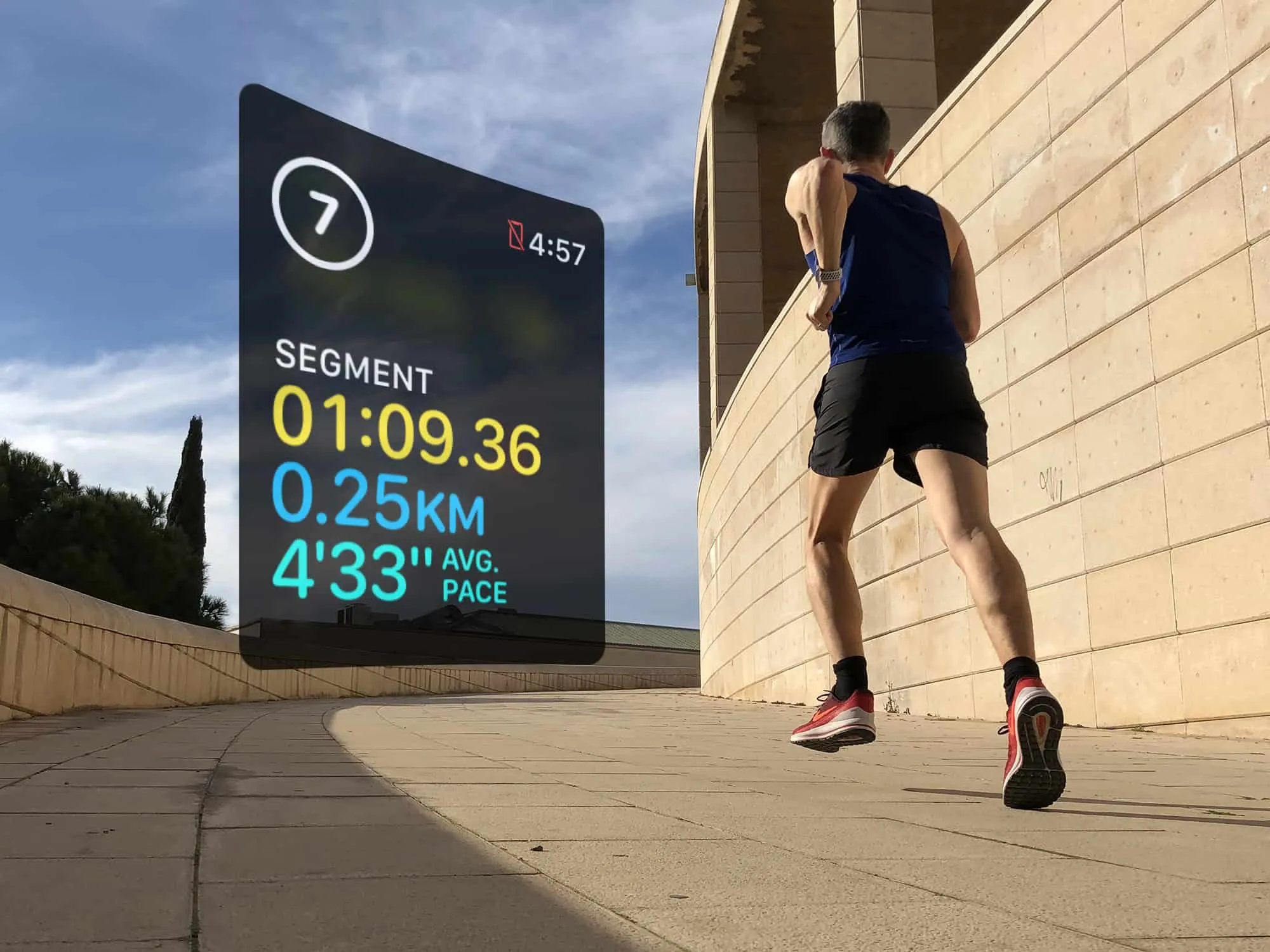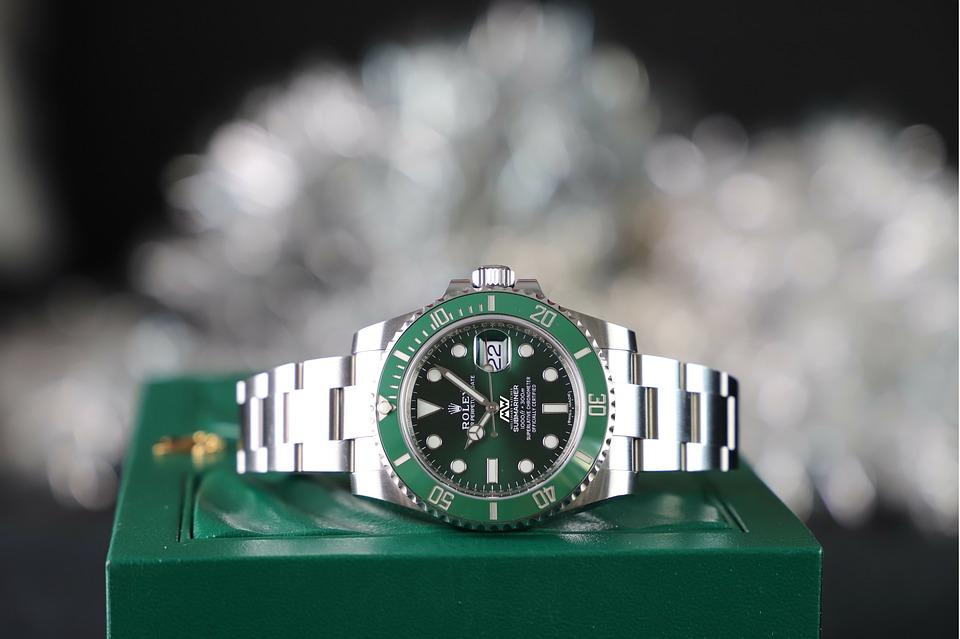A wristwatch from Garmin or Polar is an excellent choice for individuals who participate in multiple sports, such as runners and multi-sport athletes. These organizations are doing an excellent job in terms of continually modernizing their product or service offerings.
The 945 model of the Garmin Forerunner is now the one with the most advanced features. Since it came out the year before, it has gotten many improvements over its predecessor, the 935. These include on-board storage for music, Garmin Pay, navigational mapping, a pulse oximeter, more performance data, a new heart rate model, longer battery life, and other improvements.
The Polar Vantage V2 is also a strong contender in this category. The second iteration of this device is packed to the brim with features that promote health and fitness. The manufacturer claims that this model is their most technically sophisticated athletic watch to date.
The Forerunner 945 and the Garmin Vantage V2 are two different fitness trackers that are designed with the avid exercise fanatic in mind. Continue reading for a rundown of the distinctions between these two options if you're having trouble deciding which one is best for you.
Additional Reading: What Smartwatches Are Compatible With Motorola Smartphones?
Polar Vantage V2 vs Garmin Forerunner 945: General and Design
These two creatures share a striking resemblance in terms of their physical appearance. They are both round and come with a display that has a diameter of 1.2 inches (30.4 mm). The Vantage V2 features a bracelet made of soft silicone and a case made entirely of aluminum. The Garmin watch has a design that is made of fiber-reinforced polymer.
When it comes to navigation, the Vantage V2 has the advantage. In addition to the five physical buttons that are included with each of these watches, the Polar device also has a touch display that can be used to navigate through its various options.
The two are very similar to one another in terms of their measurements and weights. They are both 47 millimeters in diameter, but the Garmin is significantly thicker at 13.7 millimeters as opposed to 13 millimeters. The difference in weight between them is only a handful of grams. The new version of Polar's watch is much lighter than the old one.
The display is where there is a significant point of differentiation in the design. The memory-in-pixel (MIP) display of the Garmin watch is always active, can be seen in direct sunlight, and is transflective. It performs admirably in any environment. The Polar watch includes a color LCD touch display that is always on, although the screen has a tendency to become less visible in environments where there is a lot of natural light.
When both GPS and continuous heart rate monitoring are activated, the battery life remains relatively constant at about 40 hours. But when it comes to smartwatch mode, Garmin is a clear winner. It will continue to tick for up to 2 weeks, which is twice as long as the Polar's capacity. The sampling rate can be slowed down to let the Vantage V2's GPS mode last longer. This option is included with the device. If you adjust this setting, you will be able to get up to 100 hours of use with the GPS turned on.
Any one of these smartwatches will do if you're concerned about its resistance to water. The Garmin can be used effectively at depths of up to 50 meters. For the vast majority of people, this is more than sufficient. In that case, the Vantage V2 has a water resistance of 100 meters.
The next step is the sensors.
Under the hood, the Forerunner 945 and the Vantage V2 share a lot of components. Both of them come equipped with gyroscopes, altimeters, accelerometers, heart rate monitors, and barometers. The main difference is that the Forerunner also has a pulse oximeter, which checks how much oxygen is in your blood both automatically at night and by hand at any time during the day.
Aside from that, the Garmin watch features built-in memory for audio with the capacity to hold up to 1,000 songs, the ability to make contactless payments, and WiFi connectivity. None of these will be present on the Polar gadget you're using. You will, however, have control over the music played on your smartphone.
Additional Reading: Which Is The Best Non Bluetooth Fitness Tracker
The Forerunner 945 and the Vantage V2 both include a variety of distinctive design elements, which are summarized in the table below. Also included was Polar's high-end sports watch, the Vantage M, which is a cheaper version of the original.
| Features | Forerunner 945 | Vantage V2 | Vantage M |
| Lens material | Corning Gorilla Glass DX | Corning Gorilla Glass 3 | PMMA Lens |
| Case material | fiber-reinforced polymer | Aluminium case | stainless steel bezel, fiber reinforced polymer case |
| Strap material | silicone | Nylon/TPE | silicone |
| Physical size | 47 x 47 x 13.7 mm | 47 x 47 x 13 mm | 46 x 46 x 12.5 mm |
| Display type | Sunlight-visible, transflective memory-in-pixel (MIP) | Always on, color LCD touchscreen display. | Always on color LCD display. |
| Input type | 5 physical buttons | Touchscreen + 5 physical buttons | 5 physical buttons |
| Display size | 1.2? (30.4 mm) diameter | 1.2? (30.4 mm) diameter | 1.2? (30.4 mm) diameter |
| Display resolution | 240 x 240 pixels | 240 x 240 pixels | 240 x 240 pixels |
| Weight | 50 g | 52 g | 45 g |
| Battery life (base model) | Smartwatch Mode: Up to 2 weeks GPS mode with music: Up to 10 hours GPS mode without music: Up to 36 hours | up to 40 h in training mode (GPS and wrist-based heart rate). Watch mode with heart rat: up to 7 days. 100 hours with power saving options. | up to 30 h in training mode (GPS and wrist-based heart rate). Watch mode with heart rate: up to 5 days. |
| Water rating | 50 meters | 100 meters | 30 meters |
| Sensors | GPS/GLONASS/GALILEO, barometric altimeter, compass, accelerometer, gyroscope, thermometer, heart rate, Pulse OX | GPS/GLONASS/GALILEO, accelerometer, heart rate, barometer, ambient light sensor (ALS), compass | GPS/GLONASS/GALILEO, altimeter, accelerometer, heart rate, barometer, gyroscope, ambient light |
| Connectivity | Bluetooth, Wi-Fi | Bluetooth | Bluetooth |
| Music Storage | Up to 1,000 songs | No (only smartphone music control) | No |
| Contactless Payments | Yes | No | No |
| RRP | $600 | $500 | $280 |
Putting the Garmin Forerunner 945 and the Polar Vantage V2 Activity Trackers Side by Side
The majority of people who are interested in purchasing one of these two watches do so because they are dedicated athletes. The excellent thing is that they will be able to accommodate you in any sport you participate in. Even the most dedicated data nerds are going to be kept busy by all of this information. In point of fact, there are so many different performance and physiological parameters to evaluate that it would be impossible to provide a comprehensive comparison here. Now that we have that out of the way, let's examine the primary benefits of each option.
Each of these wristwatches is equipped with a more advanced heart rate monitor. The 945 with the brand-new ELEVATE heart rate module, and the Vantage with Polar Precision Prime, which combines three distinct tracking approaches into one for enhanced accuracy in monitoring the wearer's heart rate. Both watches can monitor the wearer's heart rate while they are swimming. Even though the device is the best of its kind for wrist-based fitness tracking, the readings are not as accurate as those from a chest strap.
A statistic known as "Running Power" is one reason why some runners choose to acquire the Vantage V2 watch. This is a single digit that shows you how difficult it is to move and takes into account factors such as terrain, form, and weariness. It assists you in adjusting your tempo, which enables you to continue going hard without reaching a plateau. The 945 is also capable of measuring this, although doing so necessitates an external sensor like the Stryd. The Vantage V doesn't need to be hooked up to any sensors because it can do all of its calculations on its own, right from the wrist.
The Polar device also does a better job of determining whether or not you are ready to exercise. Its Training Load is more complete than Garmin's since it combines muscle load, perceived load, and cardiovascular load into a single value that helps you realize how tough you are exercising yourself. Garmin's Training Load only measures muscular load.
In addition to this, Polar's Vantage V contains additional features such as Nightly Recharge, Sleep Plus Stages, and Serene. Nightly Recharge is perhaps the one that interests people the most out of the whole bunch. This is a measurement of how well your autonomic nervous system returns to a more relaxed state during the first few hours of sleep, and it is taken after a night of rest. This information is connected to the data of your daily activities, and it will tell you if you should rest for a day, continue training as usual, or make an extra effort. You even get raw statistics on things like the variability of your heart rate, the average beat-to-beat interval, and your breathing rate.
The Garmin is also a capable device in its own right. Training Load, Real-Time Performance Condition, Calories Burned, Training Load, Training Status, Training Load Balance, Workout Labels, Recovery Time Advisor, Quick Stress Level Test, All-day Stress & Recovery, Heat and Altitude Acclimatization, Body Resources, Race Predictor, and Respiration Rate are just some of the performance benchmarks that are included in The Forerunner's lengthy list of performance measures. Other measurements in the lineup include Workout Labels.
The Garmin has several advantages over the Garmin Vantage, including a longer battery life, support for maps, and the Pulse Ox sensor, which is not included in the Garmin Vantage. Garmin also provides a more comprehensive software application, although some users prefer the zone/color-coded reports and presentations offered by Polar Flow. Because it is also capable of connecting to a WiFi signal, the 945 ought to be quicker at synchronizing with the application.
Further Reading: Best Smartwatch For OnePlus
Garmin Forerunner 945 vs. Polar Vantage V2: The Bottom Line
Both of them are high-end fitness smartwatches that provide some of the most in-depth trackings of various aspects of fitness available anywhere. No matter which option you go with, you will be protected around the clock.
Both of them share a lot of the same physical characteristics. The Polar watch has a more premium metal design with touch-screen capability that can withstand any kind of daily use and is bashed around. It also has a design that is water-resistant.
Both have a lot to give in terms of activity stats and performance indicators, and both have a lot to offer. You will be able to monitor your heart rate variability and determine whether or not you are ready to exercise with the help of Nightly Recharge and Vantage V2. The usefulness of its recovery metrics is greatly increased as a result of this. In addition, there is something called "Running Power," in-depth sleep statistics, and other features. In addition to this, its explanations and insights are much simpler to comprehend.
The Forerunner 945 also has a few features working in its favor, which is why it was chosen as the winner. This incorporates the Pulse Ox sensor, contactless payments, onboard storage for music, and longer battery life. Does this justify charging an additional $100 for it? Perhaps. If, on the other hand, you're more concerned with getting the most value for your money and could care less about the aforementioned characteristics, the Vantage V2 won't let you down (check price on Polar).
Passionate about understanding and contributing to a world that does not stop changing. New forms of Work, Sustainability and Technology. For many years he has worked as a creative for large international companies. He has a Ph.D. in information technology and he has been doing quantitative research in the interdisciplinary areas of information systems, cyber security, data analytics and artificial intelligence. He continue to look for creative solutions through technology to help companies to be more humane and sustainable..
Leave a reply
Your email address will not be published. Required fields are marked *Recent post

Is It Possible to Browse the Internet on a Smartwatch?

The precision of Apple Watches for HIIT Workouts

What Do The Jewels In A Watch Consist of?

